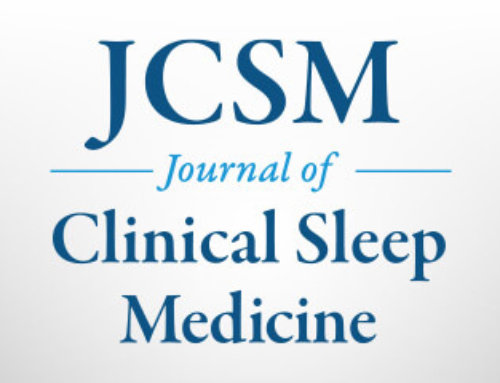On May 25 the the National Institutes of Health (NIH) announced the release of recommendations from the National Institute on Aging (NIA) that were generated from the 2018 NIH Alzheimer’s Research Summit, including two recommendations related to sleep and circadian research.
The two sleep-related recommendations came out of session five of the summit, “Understanding the Impact of the Environment to Advance Disease Prevention”:
E. Expand efforts to understand the mechanistic links between sleep/circadian disruption and AD and related dementias at multiple levels (epigenetic, gene expression, proteomic, neuronal, network, systems) to identify new targets and approaches for AD prevention.
J. Identify new risk reduction strategies by remediating negative environmental exposures (e.g., lack of neighborhood safety, discrimination, poverty, lack of access to medical care, poor diet, low physical activity, social isolation, toxicants, inadequate air/light quality, poor sleep); these interventions should incorporate deep phenotyping to understand determinants of response and inform precision medicine for disease prevention.
According to NIA, Alzheimer’s disease is “an irreversible, progressive brain disorder that slowly destroys memory and thinking skills, and eventually the ability to carry out the simplest tasks.” The CDC reports that Alzheimer’s disease is one of the leading causes of death in the U.S.
Research suggest that insufficient sleep or poor sleep may contribute to the development of Alzheimer’s disease. For example, a study published April 9 found that one night of sleep deprivation resulted in a significant increase in toxic material in the brain.
More than 80 leading experts joined to develop the research recommendations. They were considered and adopted by the National Advisory Council on Aging at its meeting on May 22 and 23 and will be used to update and expand specific milestones for achieving the prime research goal of the National Plan to Address Alzheimer’s Disease — to treat and prevent Alzheimer’s disease and related dementias by 2025.





